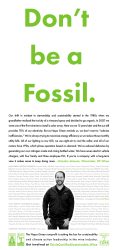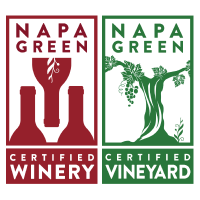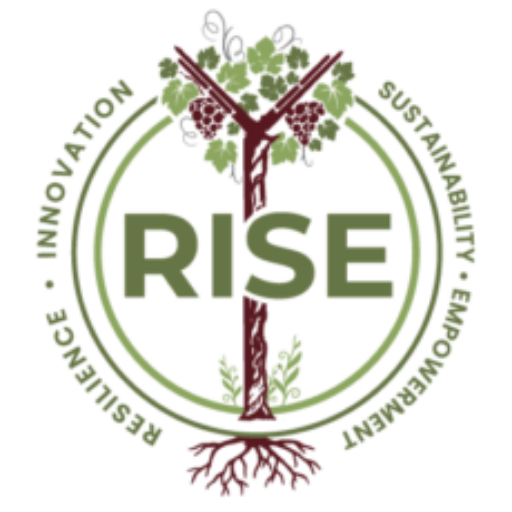energy
efficiency
SUSTAINABILITY LEADERSHIP PILLAR:
ENERGY SAVINGS & EFFICIENCY
Making wine is actually quite energy intensive. It takes a lot of refrigeration to cool, ferment, and age wines. A lot of hot water to sanitize tanks, barrels, and bottling lines. Napa Green baselines and tracks the energy use of all of our members. Energy efficiency is one of the quickest ways to cut the bottom line.
We’ve seen a winery that makes 25,000 cases of wine spending $2/case on electricity, and another winery of exactly the same size spending $6/case. That’s a difference of $100,000 a year in electricity costs to make the same amount of wine!
Here are some examples of energy efficiency opportunities in vineyards & wineries:
- Go electric – tractors that is. The new electric Monarch Tractors help growers save fuel and costs in the vineyard.
- Night-time air for natural cooling in the cellar
- Upgrade to LED lighting
- Install motion sensors to automatically control lighting
- Use skylights and other daylighting
- Install VFDs on motors and compressors to phase operation based on demand
- Reduce hot water temperature to 120-140 when higher temps are not needed for cleaning
- Consistent monitoring & maintenance of equipment
- Keeping thermostats locked at efficient settings (68 in winter, 76-78 in summer)
- Improve water efficiency – it takes significant energy to heat, treat and transport water
ZD CHampion Story
Our shift in mindset to stewardship and sustainability started in the 1980s, when my grandfather realized the toxicity of a vineyard spray and decided to go organic. In 2007, we were one of the first wineries to install a solar array. Here we are 15 years later and the sun still provides 70% of our electricity. But as Napa Green reminds us, we don’t want to “solarize inefficiencies.” We’re always trying to maximize energy efficiency so we reduce those monthly utility bills. All of our lighting is now LED, we use night-air to cool the cellar, and all of our motors have VFDs, which phase operation based on demand. We’ve reduced deliveries by generating our own nitrogen onsite and nixing bottled water. We have seven electric vehicle chargers, with four family and three employee EVs. If you’re a company with a long-term view it makes sense to keep doing more.
Energy Savings & Efficiency champion stories
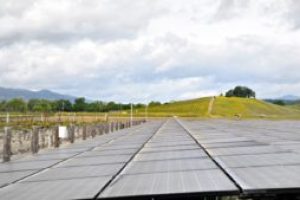
Saving Energy With Solar at Honig Vineyard and Winery
Honig Vineyard & Winery has spent the past ten years investing in energy conservation and renewable energy, and it all started with a PG&E energy audit. As a result of the initial audit, which included an assessment of their existing energy use and recommendations for upgrades, Michael Honig and his team changed out all of the old lighting for the highest efficiency lighting with a no-brainer payback period.
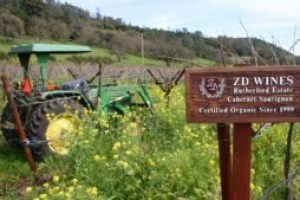
For ZD Wines Sustainability is a Daily Endeavor
ZD Wines, a family-owned winery operated by the 2nd and 3rd generations of the deLeuze family, is celebrating 50 years in the Napa Valley. They are a perfect case study of how embracing sustainability can support production of great tasting, world-class wines.
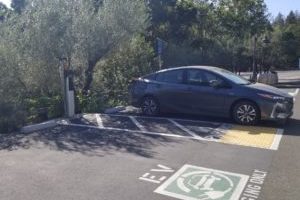
Going Green Energy & Incentives for EV Chargers
Energy efficiency is a core priority for Napa Green Wineries, both for conservation and cost-savings. Maximizing efficiency is especially important when considering the installation of solar renewable energy. As we say, “We don’t want to solarize inefficiencies.” The more efficient the operation, the smaller the scale and footprint of the solar array, reducing the price tag.
